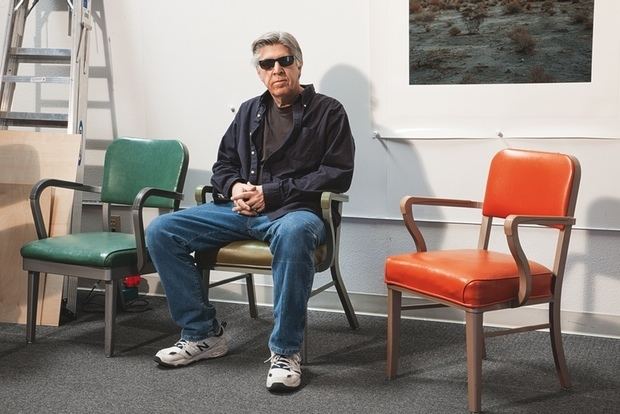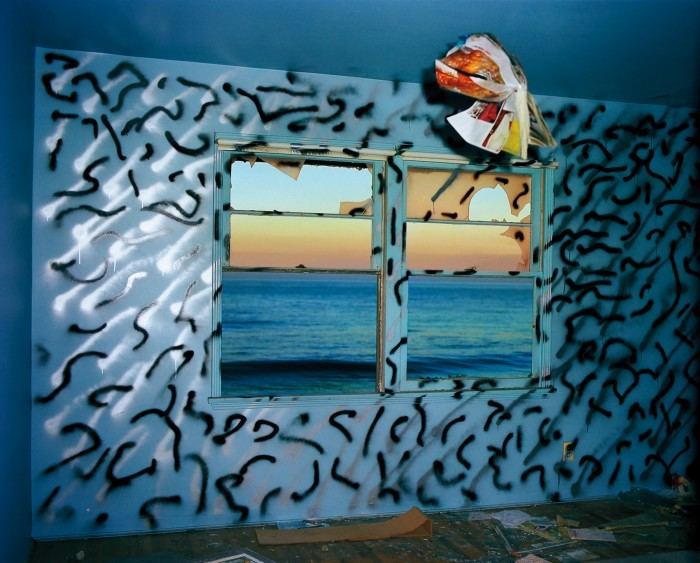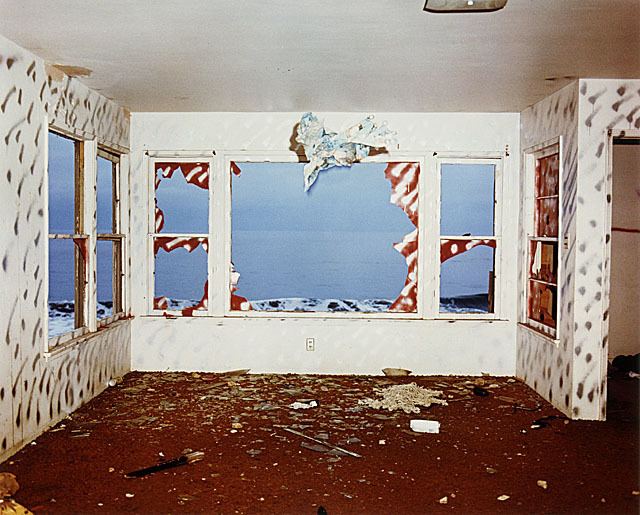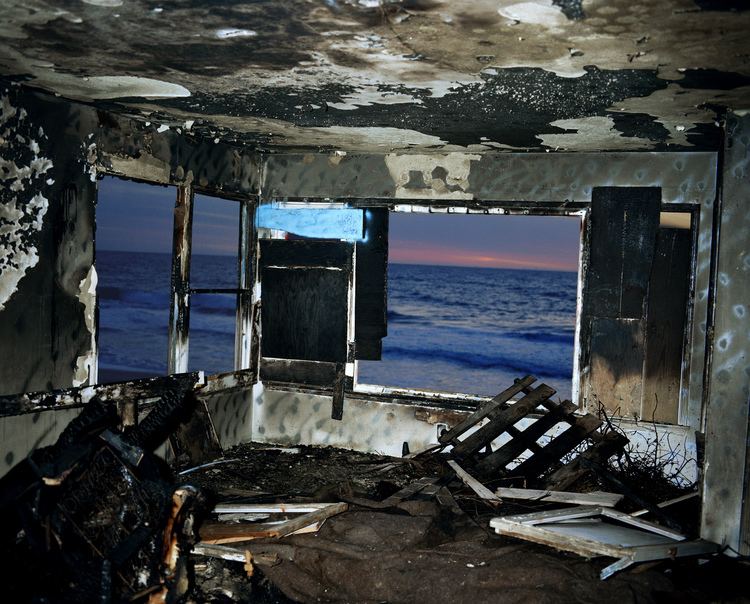Name John Divola | ||
 | ||
Books Dogs Chasing My Car in the Desert, Isolated Houses Education Awards Guggenheim Fellowship for Creative Arts, US & Canada | ||
Otis Visiting Artist: John Divola
John Divola (born 1949, Los Angeles) is a contemporary visual artist. He currently lives and works in Riverside, CA. Divola works in photography, describing himself as exploring the landscape by looking for the edge between the abstract and the specific.
Contents
- Otis Visiting Artist John Divola
- John divola lecture larry sultan visiting artist program
- Beginnings
- Works
- References

John divola lecture larry sultan visiting artist program
Beginnings

Divola received a B.A. from California State University, Northridge in 1971 and later received an M.F.A. from University of California, Los Angeles in 1974. He has held residencies at many institutions including California Institute of the Arts. He has held the position of Professor in the art department at University of California Riverside since 1988. His work has been featured in many solo exhibitions across United States, Europe, Japan and Australia. He participated in 1978, 1989, 2000 the Museum of Modern Art group exhibitions and in 1981 Whitney Biennial. Divola received many awards as Individual Artist Fellowship from the National Endowment for the Arts in 1973, 1976, 1979, 1990 and a Guggenheim Memorial Fellowship in 1986. He published four books: Continuity, Isolated Houses, Dogs Chasing My Car In The Desert, and Three Acts.
Works

In “Zuma” project, he has described being interested in the relation between real artworks and representations of them, and the issues of the natural and the artificial. Divola said “I attempted ... to develop a practice in which there could be no distinction between the document and the original.” In his series of photographs from 1977, he used deserted houses on Zuma Beach and covered their walls in graffiti photograph the ocean from the house's interior through windows and cracks. Divola states: “On initially arriving I would move through the house looking for areas or situations to photograph. If nothing seemed to interest me I would move things around or do some spray painting. The painting was done in much the same way that one might doodle on a piece of paper. At that point I would return to the camera and explore what ever new potentials existed.” These cyclical images skillfully juxtapose romantic skies and sunsets with a seaside structure that, frame by frame, deteriorates into ruin as it is vandalized by the artist and others who eventually set it on fire". Divola works trace a schematic desire for escape, movement and transcendence.

"My acts, my painting, my photographing, my considering, are part of, not separate from, this process of evolution and change. These photographs are not so much about this process as they are remnants from it. My participation was not so much one of intellectual consideration as one of visceral involvement." John Divola, 1980.

"Dogs chasing my car in the desert" are images of dogs in the desert captured in the midst of running wildly after the car. Emphasising the grain of the image, these black and white photographs capture a haunting moment in which there is a duality between a sense of absence and presence. The behaviour of the dogs suggest a lack of previous stimuli, a loneliness at the same time as an all-consuming reaction to the now, a presence. "It could be viewed as a visceral and kinetic dance. Here we have two vectors and velocities, that of a dog and that of a car and, seeing that a camera will never capture reality and that a dog will never catch a car, evidence of devotion to a hopeless enterprise" John Divola, 2004

"Dark Star" series: dark circles have been painted on the walls of an abandoned house. Creation and destruction are held in a delicate equilibrium, the white rooms of the house, are tattered and derelict. The domestic ruins suggest social collapse, secret renditions of something darkly sinister illuminating our conflicted recent history, updating "Zuma" and "Vandalism" for our age of foreclosure.
In "As Far As I Can Get" project, he made photographs by pushing the self-timer button on his camera. An exposure is made in 10 seconds.
His web page is available at Divola.Com
